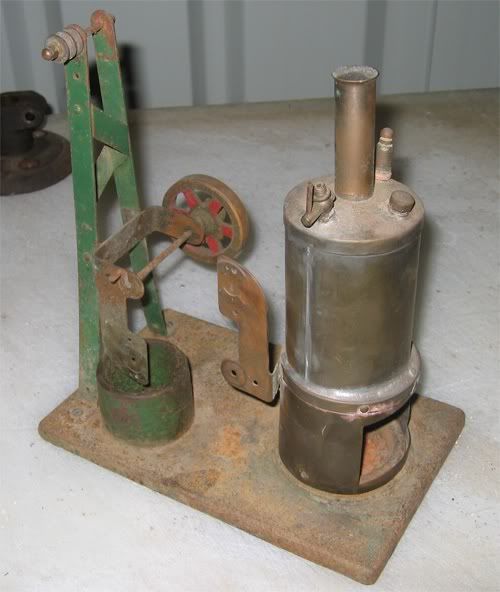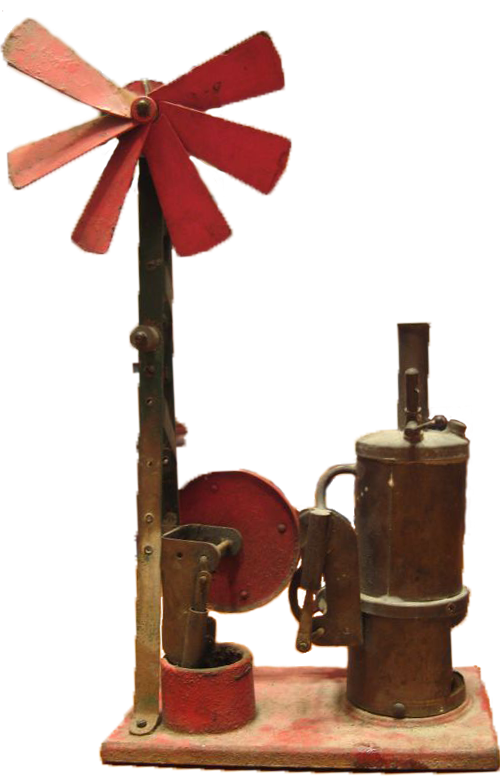Hi,
I've just spent the last hour and a half trying to adjust my lathe to turn parallel.
I started with my lathe over 100mm having the outer end 0.08mm smaller and with some playing around have got it to 0.02mm over 100mm. The trouble with my lathe is it doesn't have four 'feet' just one bolt at each end of the lathe so its a matter of putting shims on either side of this bolt to adjust the twist in the bed.
My book suggests to aim at 0.002mm or better but I doubt that is achievable with this lathe.
My question is how big a problem will this cause me being out of parallel by 0.02mm over 100mm for building model steam engines and IC engines. I will never be building anything really large and probably nothing much bigger than say a Stuart turner 10V.
Am I setting myself for failure leaving it at 0.02mm?
Should I stand cursing at my machine for a bit longer to try and get the run out less?
Thanks
I've just spent the last hour and a half trying to adjust my lathe to turn parallel.
I started with my lathe over 100mm having the outer end 0.08mm smaller and with some playing around have got it to 0.02mm over 100mm. The trouble with my lathe is it doesn't have four 'feet' just one bolt at each end of the lathe so its a matter of putting shims on either side of this bolt to adjust the twist in the bed.
My book suggests to aim at 0.002mm or better but I doubt that is achievable with this lathe.
My question is how big a problem will this cause me being out of parallel by 0.02mm over 100mm for building model steam engines and IC engines. I will never be building anything really large and probably nothing much bigger than say a Stuart turner 10V.
Am I setting myself for failure leaving it at 0.02mm?
Should I stand cursing at my machine for a bit longer to try and get the run out less?
Thanks


















![DreamPlan Home Design and Landscaping Software Free for Windows [PC Download]](https://m.media-amazon.com/images/I/51kvZH2dVLL._SL500_.jpg)








































![Learning AutoCAD Civil 3D 2014 [Online Code]](https://m.media-amazon.com/images/I/51F3yi9fokL._SL500_.jpg)


